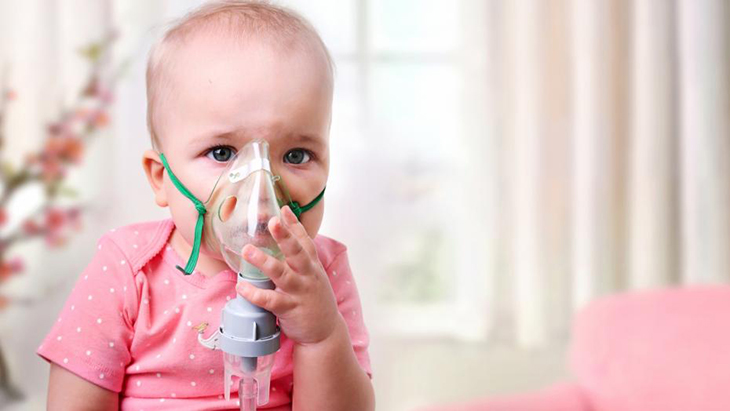
RSV (respiratory syncytial virus) is a common and highly contagious virus that infects most children’s respiratory tracts before they turn two. The infection produces a cold in the majority of newborns and young children. However, RSV infection can cause serious, sometimes life-threatening complications such as pneumonia or bronchiolitis, an inflammation of the lungs’ tiny airways. If a child is exposed to other people who have the virus, he or she is more likely to contract it. RSV epidemics are common in neighborhoods, classrooms, and childcare institutions every year. RSV is more prevalent throughout the winter and early spring.
RSV can affect anyone of any age, however it is more common in children and the elderly. By the time they are two years old, most babies have been infected at least once. The virus can potentially be reinfected in babies. Infection might strike at any time during one’s life. RSV infection in older children and adults might mimic a severe asthma attack. Premature babies, as well as those with heart, lung, or immune system disorders, are at a higher risk for more serious complications.
Read on to find out the symptoms of RSV, and what to watch out for!
1. Wheezing
Wheezing is a high-pitched whistling sound created during breathing. It’s frequently linked to breathing problems. Wheezing can happen as you breathe out (expiration) or breathe in (inhalation) (inspiration). Wheezing is caused by inflammation and constriction of the airway at any place, from the throat to the lungs. Asthma and chronic obstructive pulmonary disease (COPD), which both produce narrowing and spasms (bronchospasms) in the tiny airways of your lungs, are the most prevalent causes of persistent wheezing. Wheezing can be caused by inflammation in the throat or bigger airways. Infection, an allergic reaction, or a physical obstruction, such as a tumor or an inhaled foreign object, are all common reasons.



